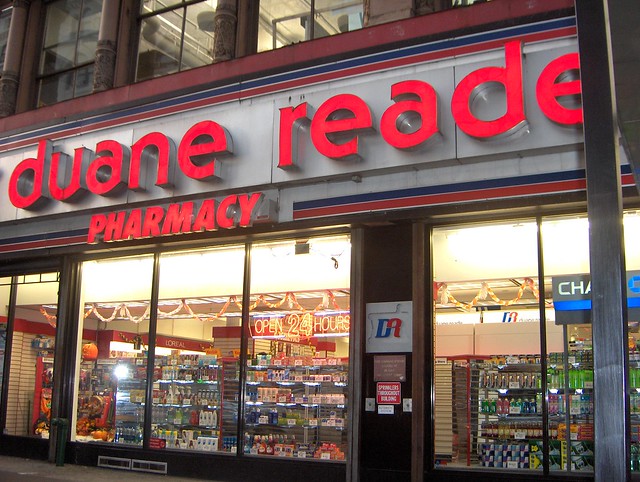Work, that of pursuing a specific passion or purpose, has become irrelevant. As technology increasingly gains momentum, we’ve moved from the age of work/life blur to the age of tech/life blur.
For instance, if you’re a writer, it’s not the content that matters (the work itself), but how the content is consumed and packaged. “We are on the brink of accessing digital content through what they call the ‘splinternet,’” argues Columbia Business School professor Rita McGrath. “Devices, hardware, software, applications and content, rather than being offered interoperably in a wide-open World Wide Web are increasingly going to be stacked up in proprietary ecosystems in which denizens can talk only to each other.”
So iPad apps like Flipboard, Zite and others like it are becoming the norm and offer “a much more natural way to consume content on a tablet, and the aggregation they provide is like having a customized newspaper available at any time,” argues Matthew Ingram on GigaOm. “The aggregation, personalization and customization that such apps allow is the future of content consumption.”
The introduction of the tablet has changed the reading experience such that it is now acceptable to charge for content. This is really the way the New York Times metered subscription is set up. When you pay for a New York Times subscription, you’re not really paying for content (the work), but paying to read it on your computer screen, your tablet, your Kindle, and your mobile app. You’re paying to read it how you want to on the splinternet. You’re not paying for the work, but the technology to consume it.
In the age of newspapers, we did charge for information, but now we charge for the customizability of how that information is delivered. It’s the media company’s job to design the experience of their digital offerings, not just create the content and they can’t keep up. So now, even though newspapers didn’t invent the printing press (the rapidity of typographical text production led to newspapers), they’re being pressured to invent the next revolution.
In reality, what will happen is just how the Internet created blogs (and what many are now calling a sub-optimal reading experience), tech start-ups will continue to invent new ways to consume information, and as a result, new companies and creators will come along with new types of content in response.
This is all happening at such a rapid pace (and in all industries, not just media which I’ve only used as an example), that we’re much more concerned with the rhythm and output of innovation than we are of the work itself.
We know most content on the web is crap. We know there’s nothing really amazing or revolutionary about what we consume on our iPhones. The most popular activity is Scrabble. I like to look and see where people are on Foursquare. You might check on the weather. On Google, I rarely find what I’m actually looking for, but I will receive twenty-four million results for trying. The tech/life blur says nevermind the banality of what you consume on technology, just be subservient to the fact that it exists.
That is why there is such a ginormous focus on work fulfillment when we have never cared about such a notion before. We want to work towards something bigger than ourselves, but technology is already bigger than ourselves, and so there’s a certain confusion, an aimlessness and a fractionation of our work. That which tells us that if you’re a writer, you’re no longer a writer. You’re a blogger, and an amateur coder, you can sell, you’re a marketer, you know PR, software and a bit of graphic design, you’re an accountant and you’re a publisher. Your side projects feed into your day job. And all of your jobs feed through the Internet. This is what it means to live on the Internet, consumed by the processes instead of the action.
Work is empty. Technology fills us. It’s not what we do, but how we do it. Of course that can only last so long before the focus on how we do something obliterates all meaning of what we’re doing.

